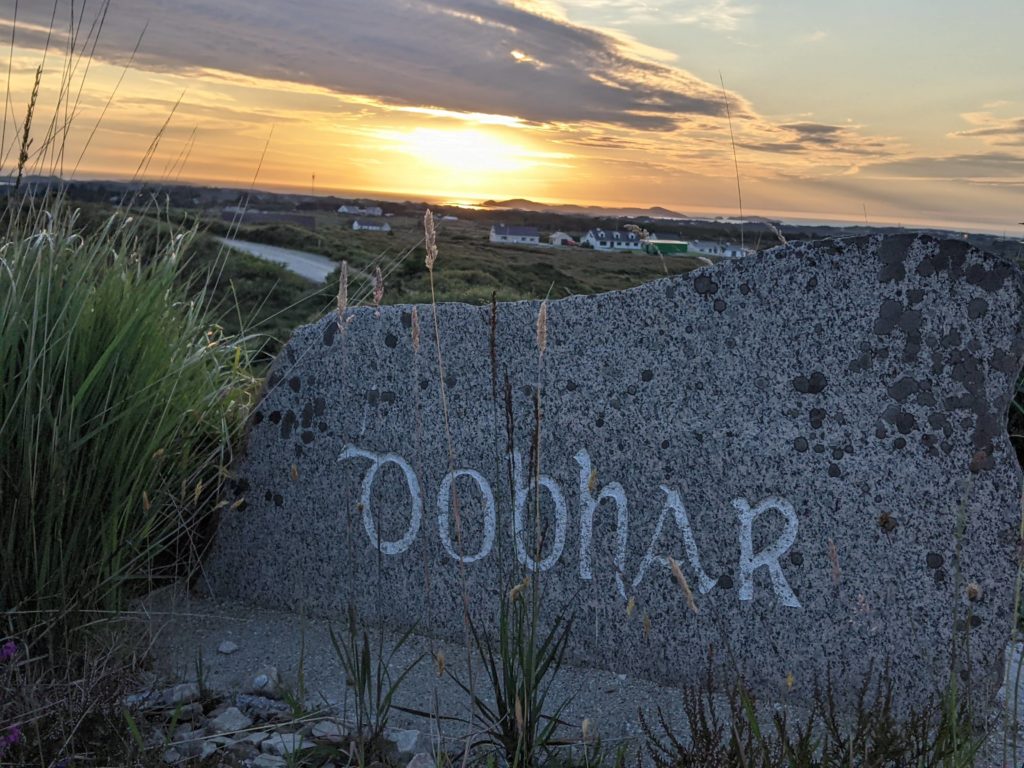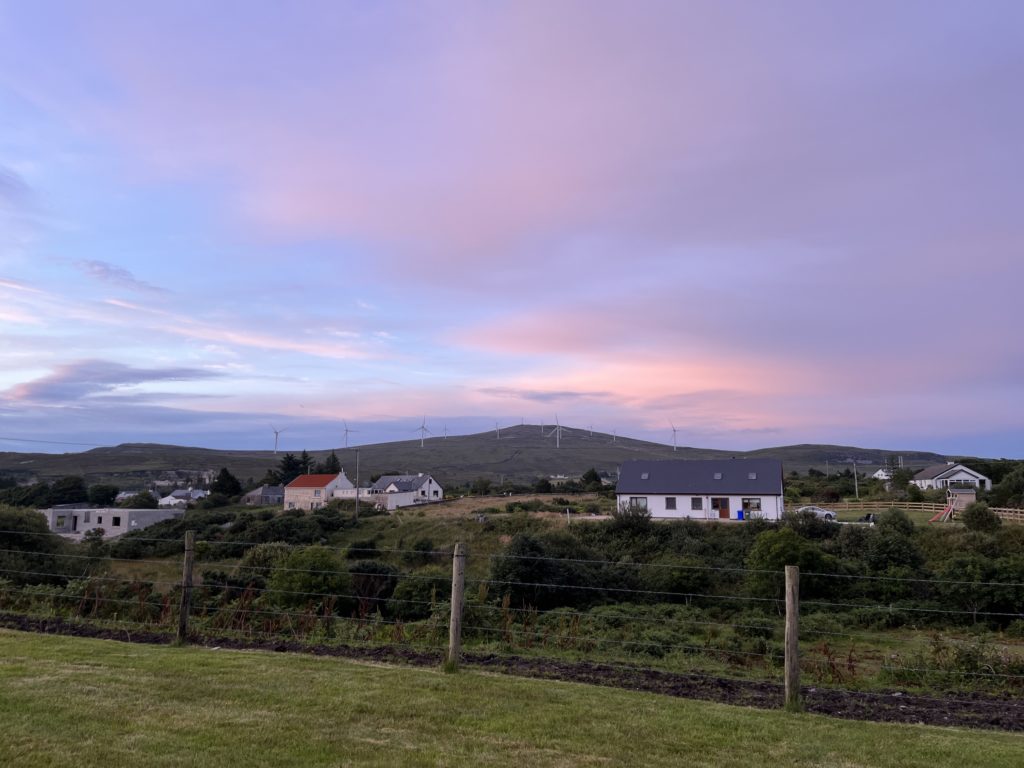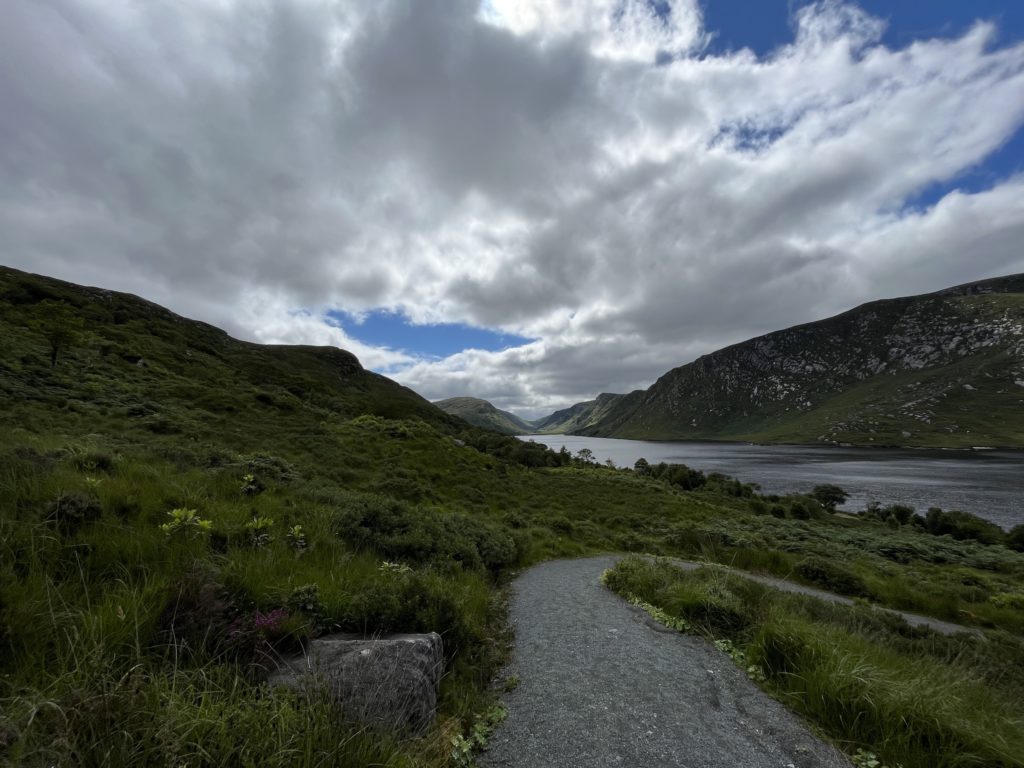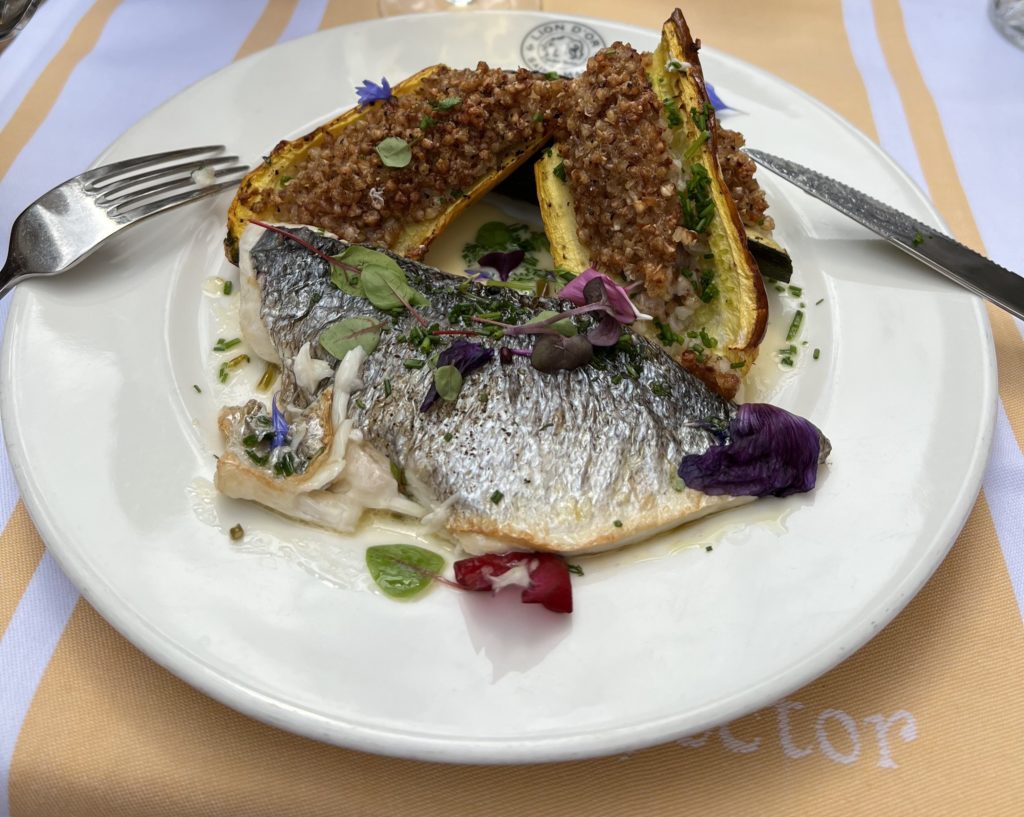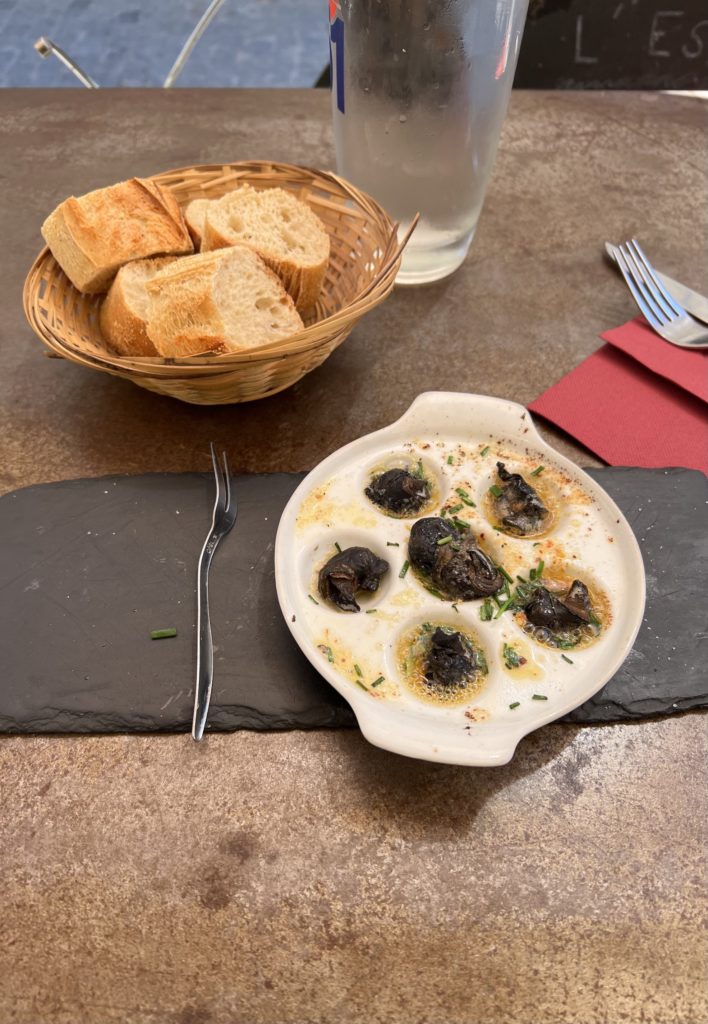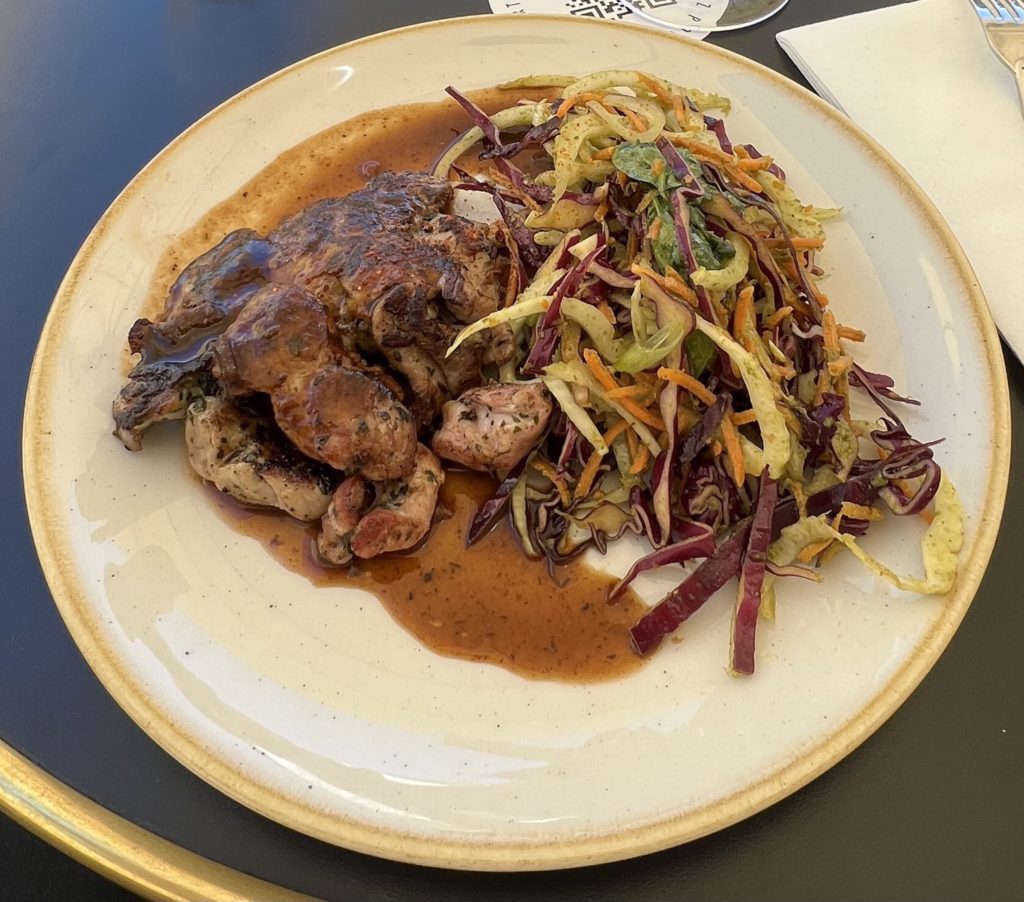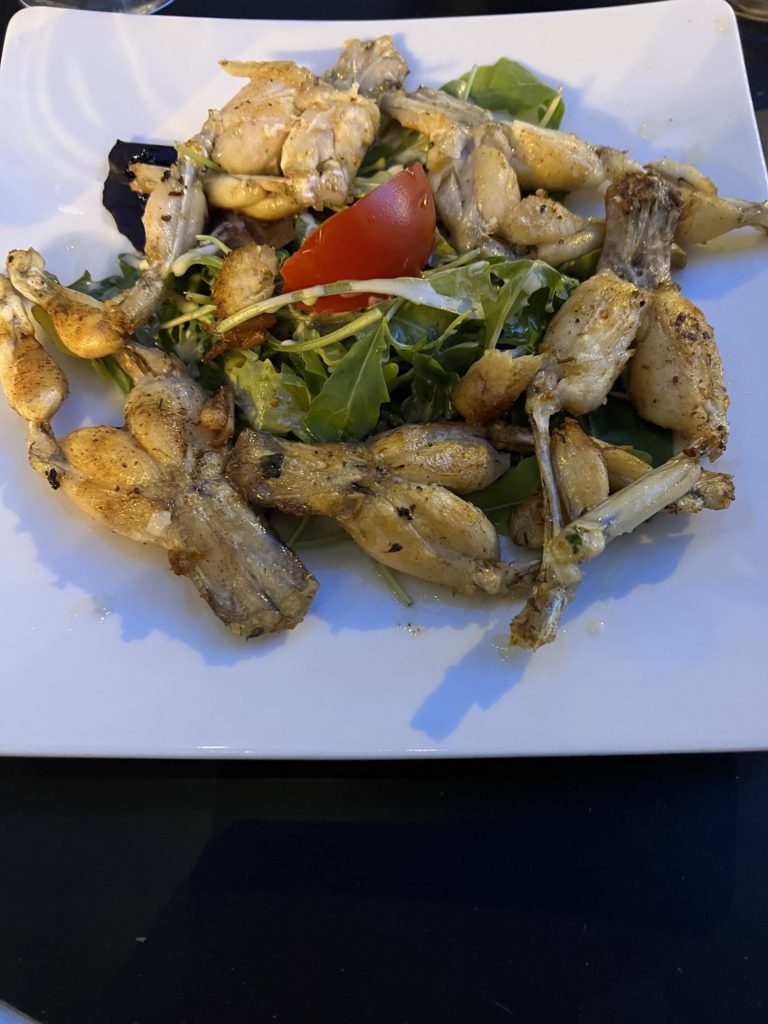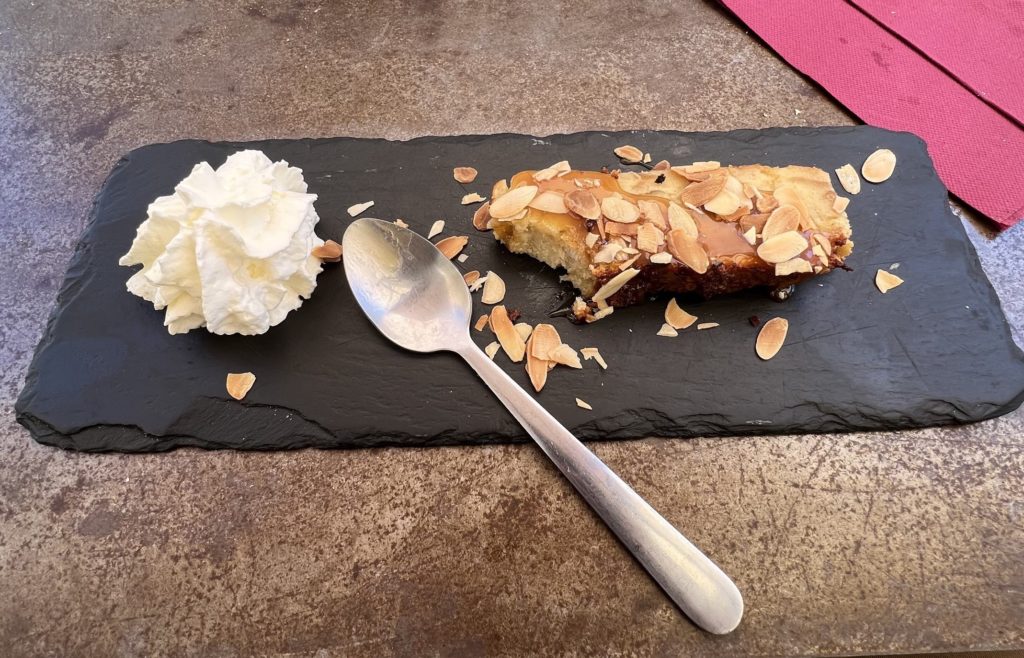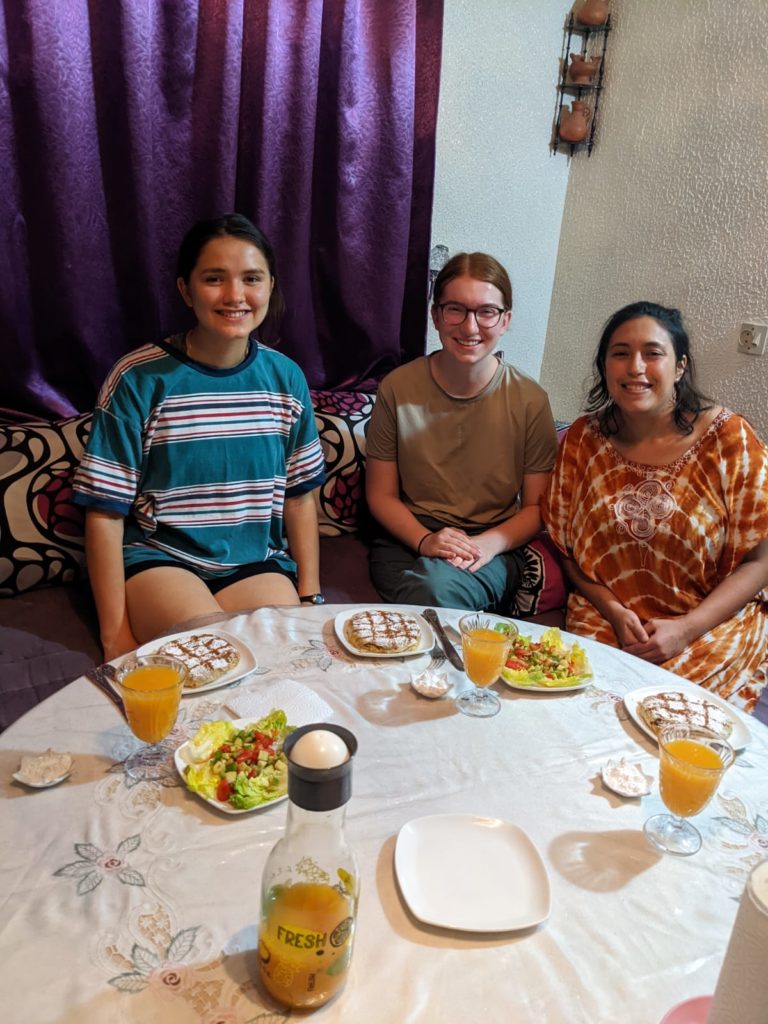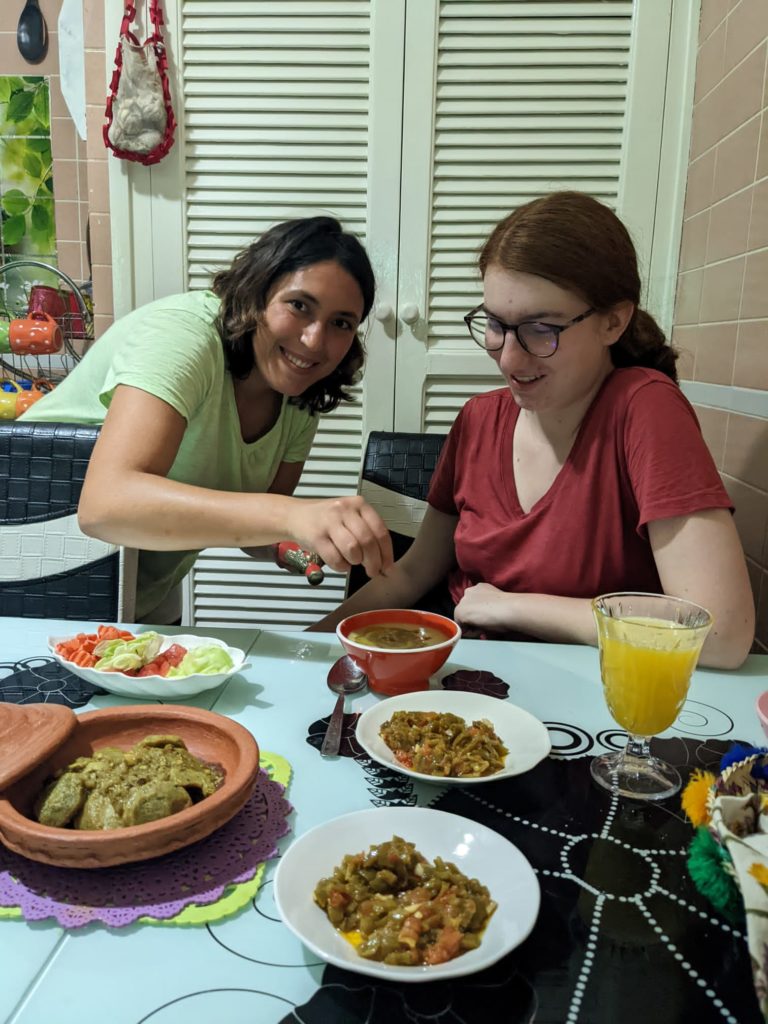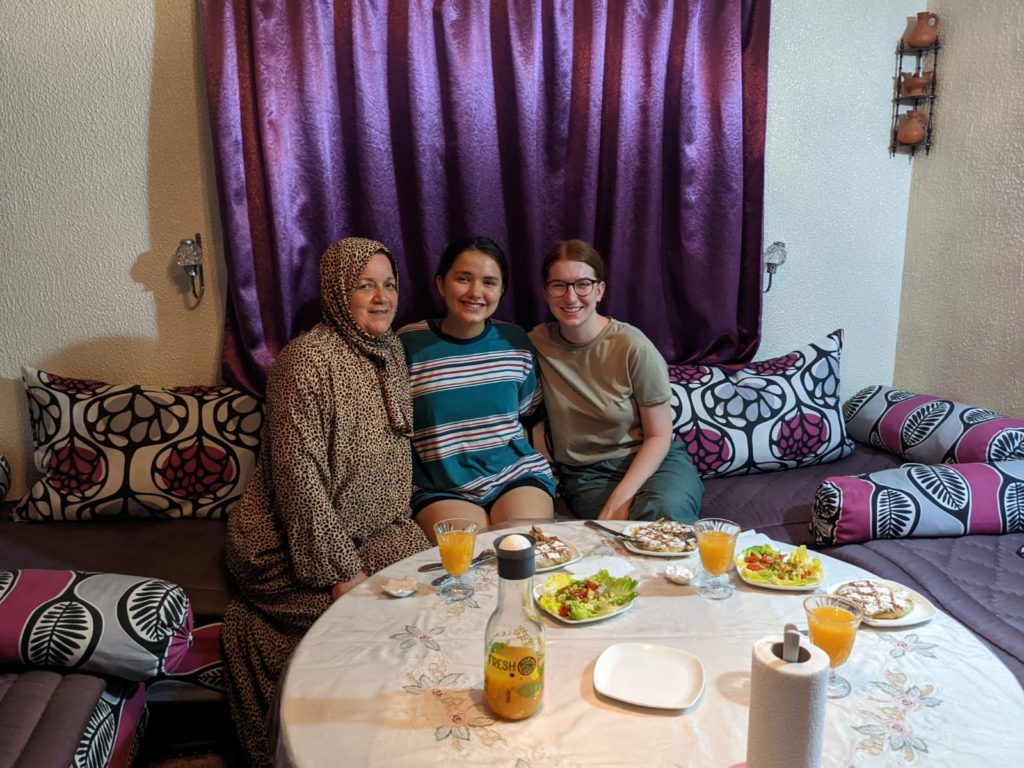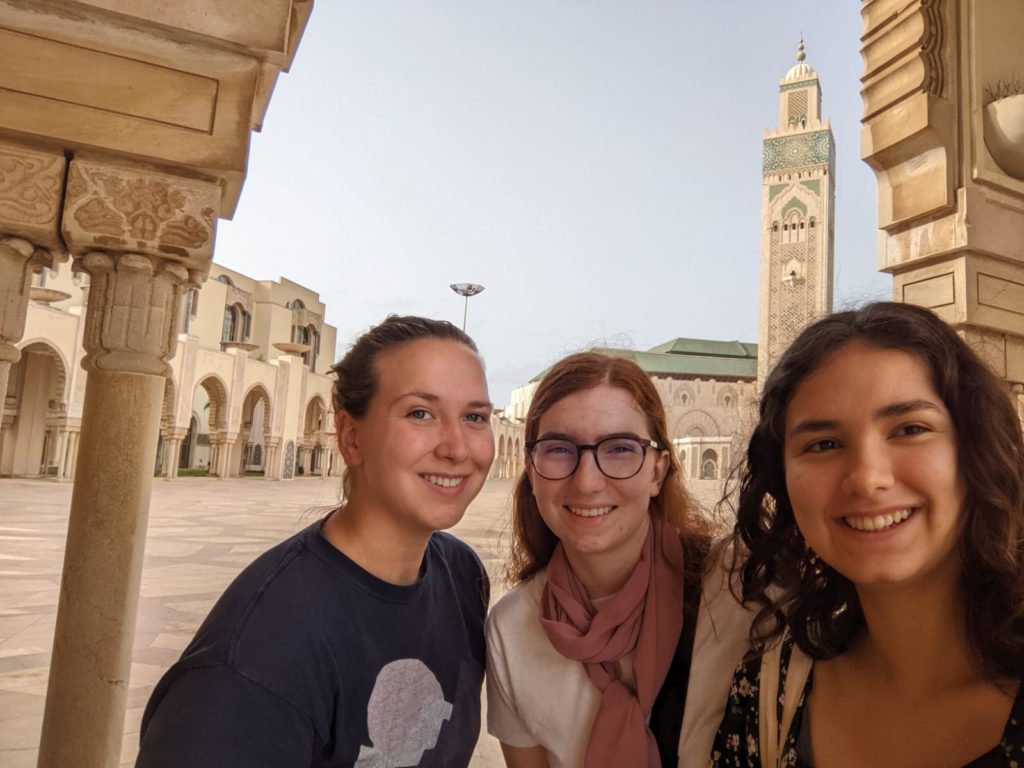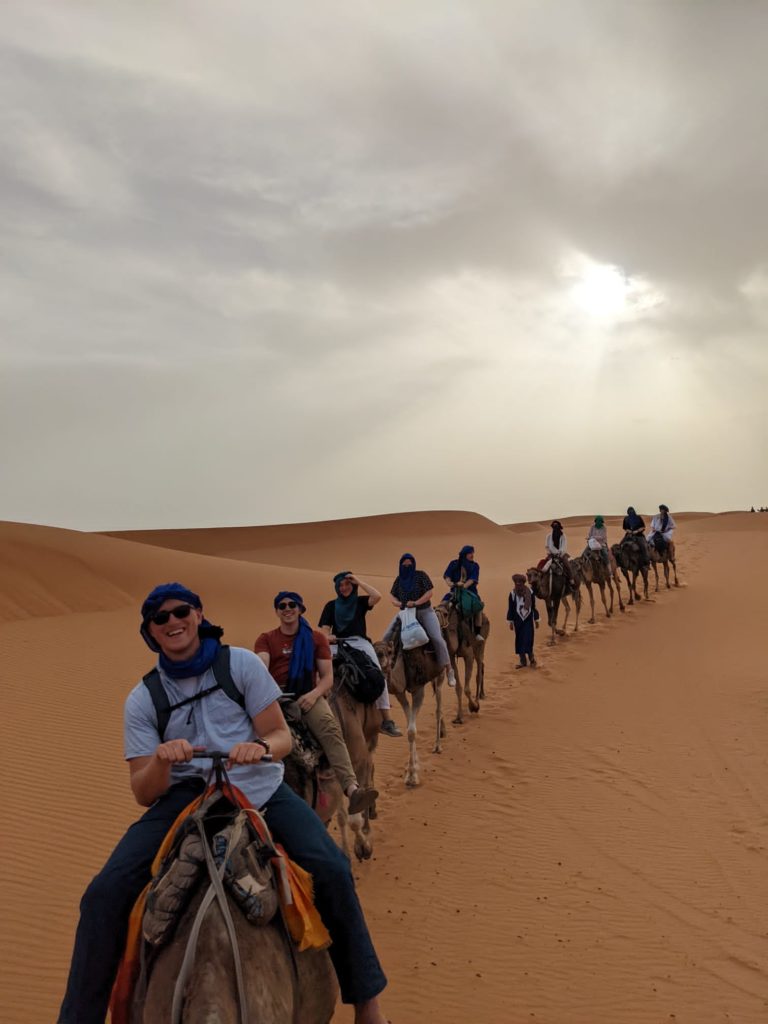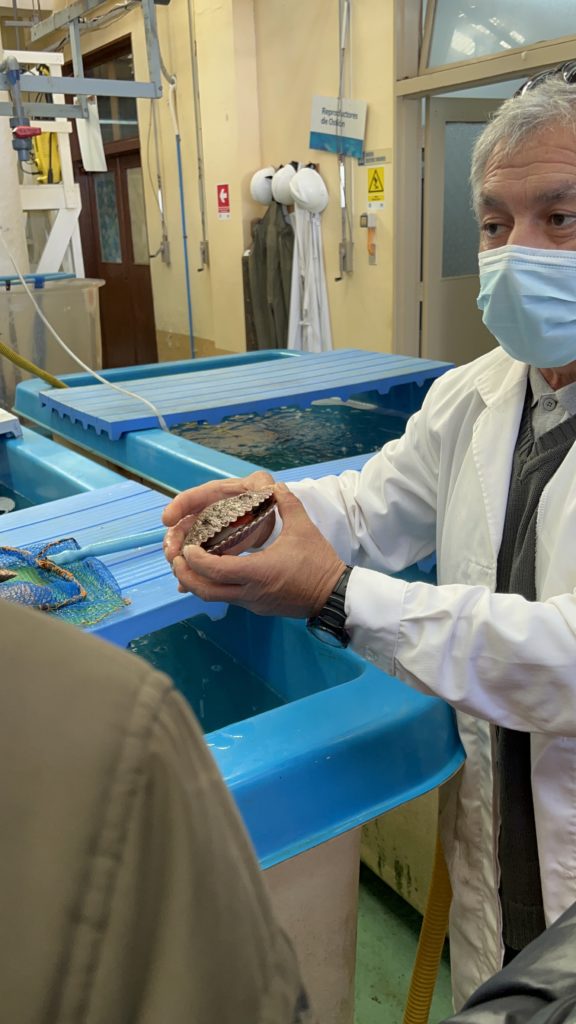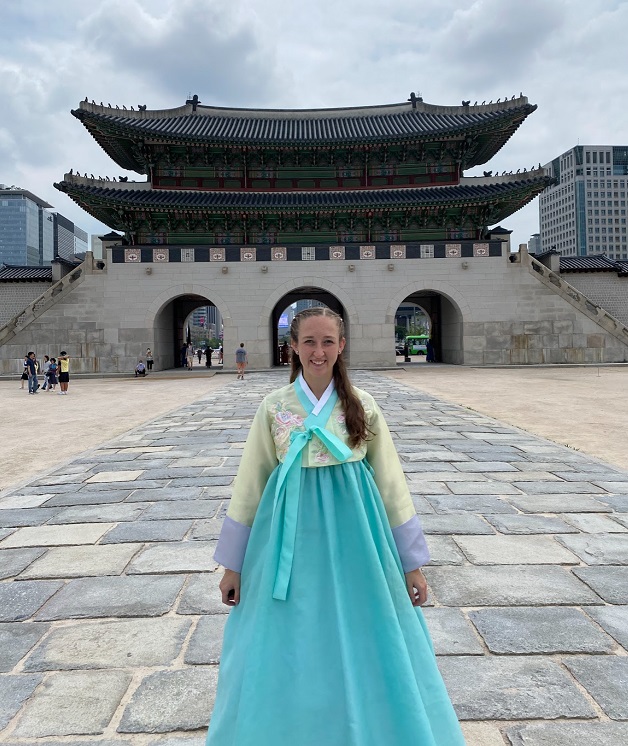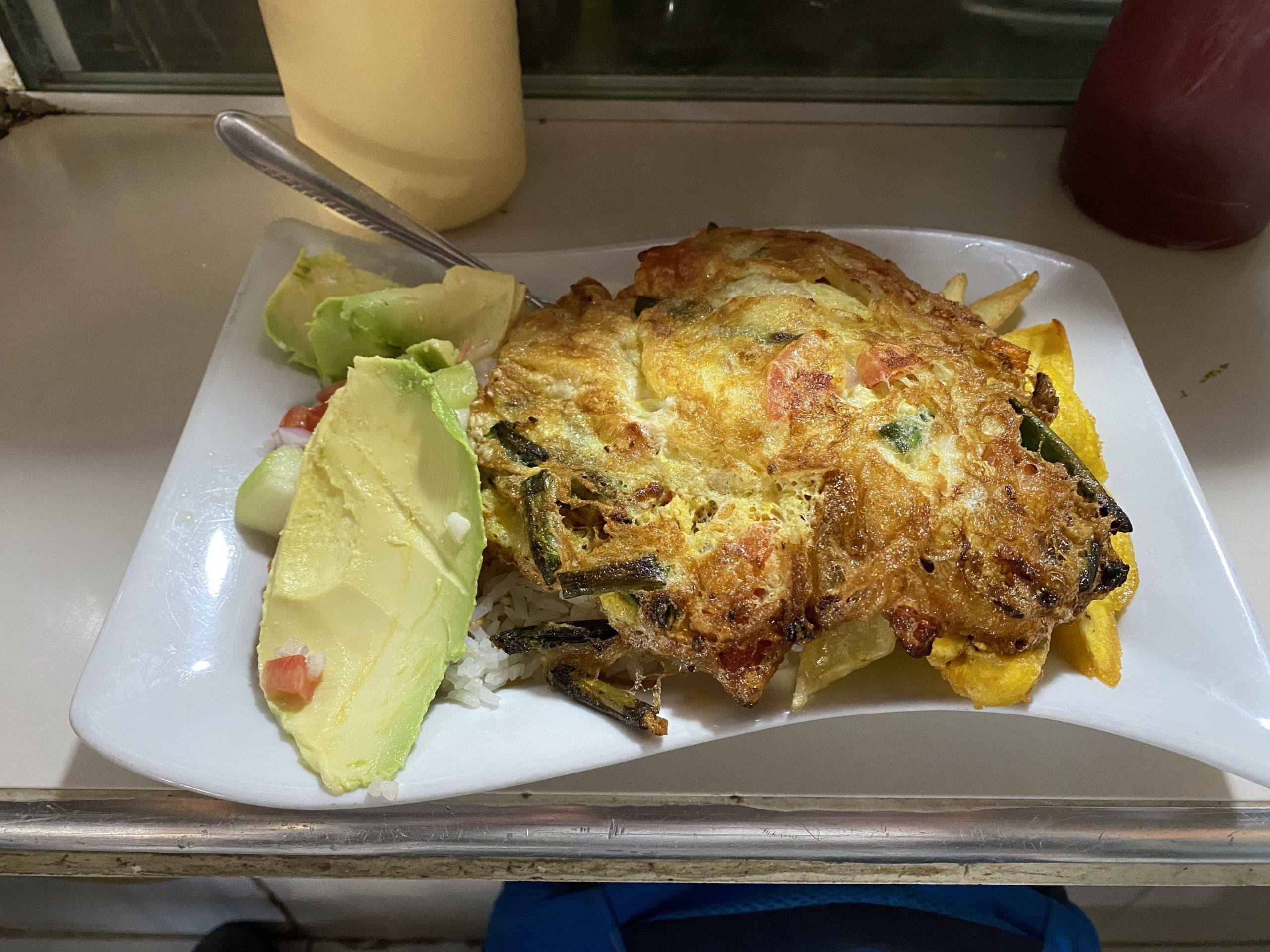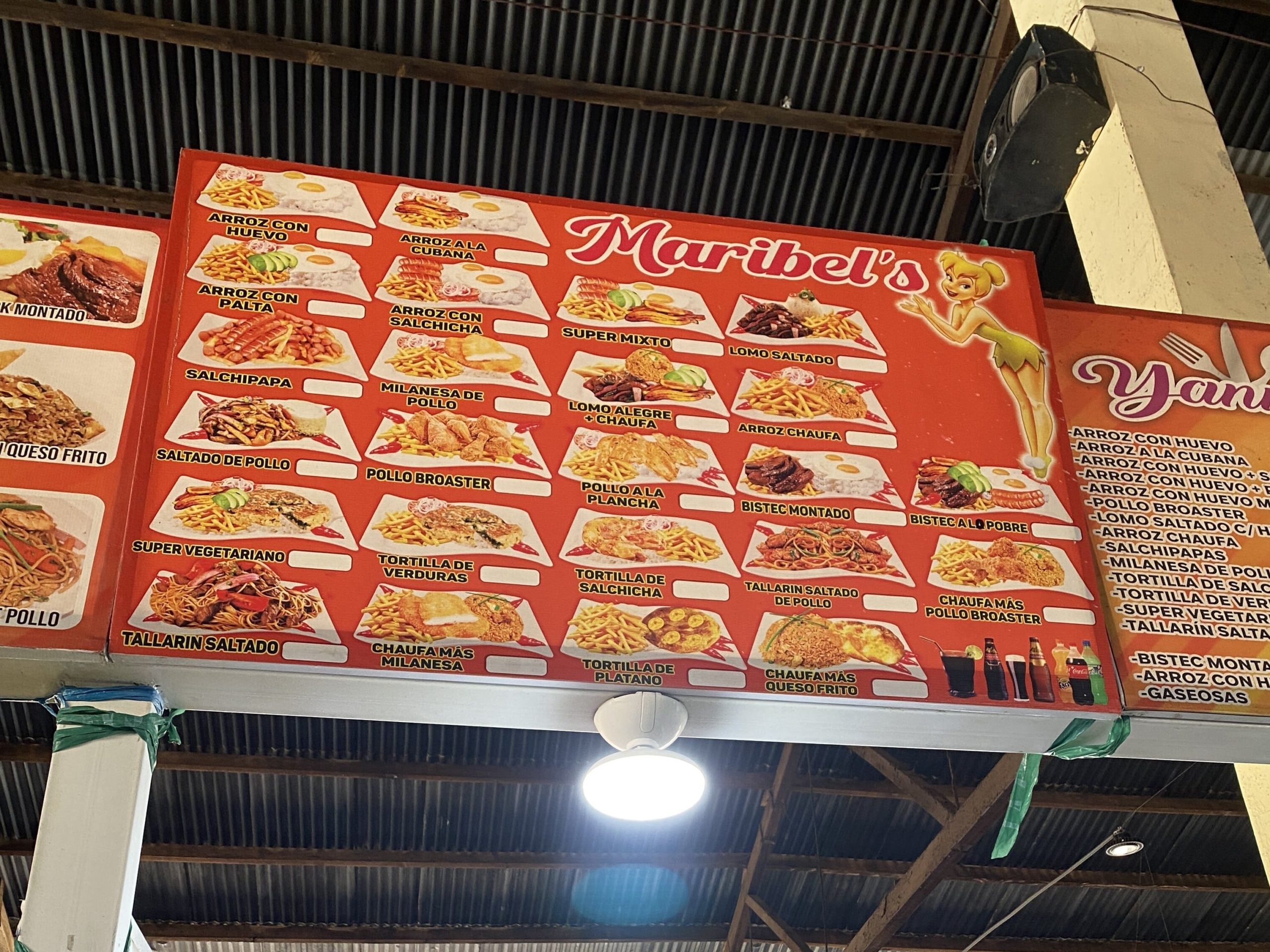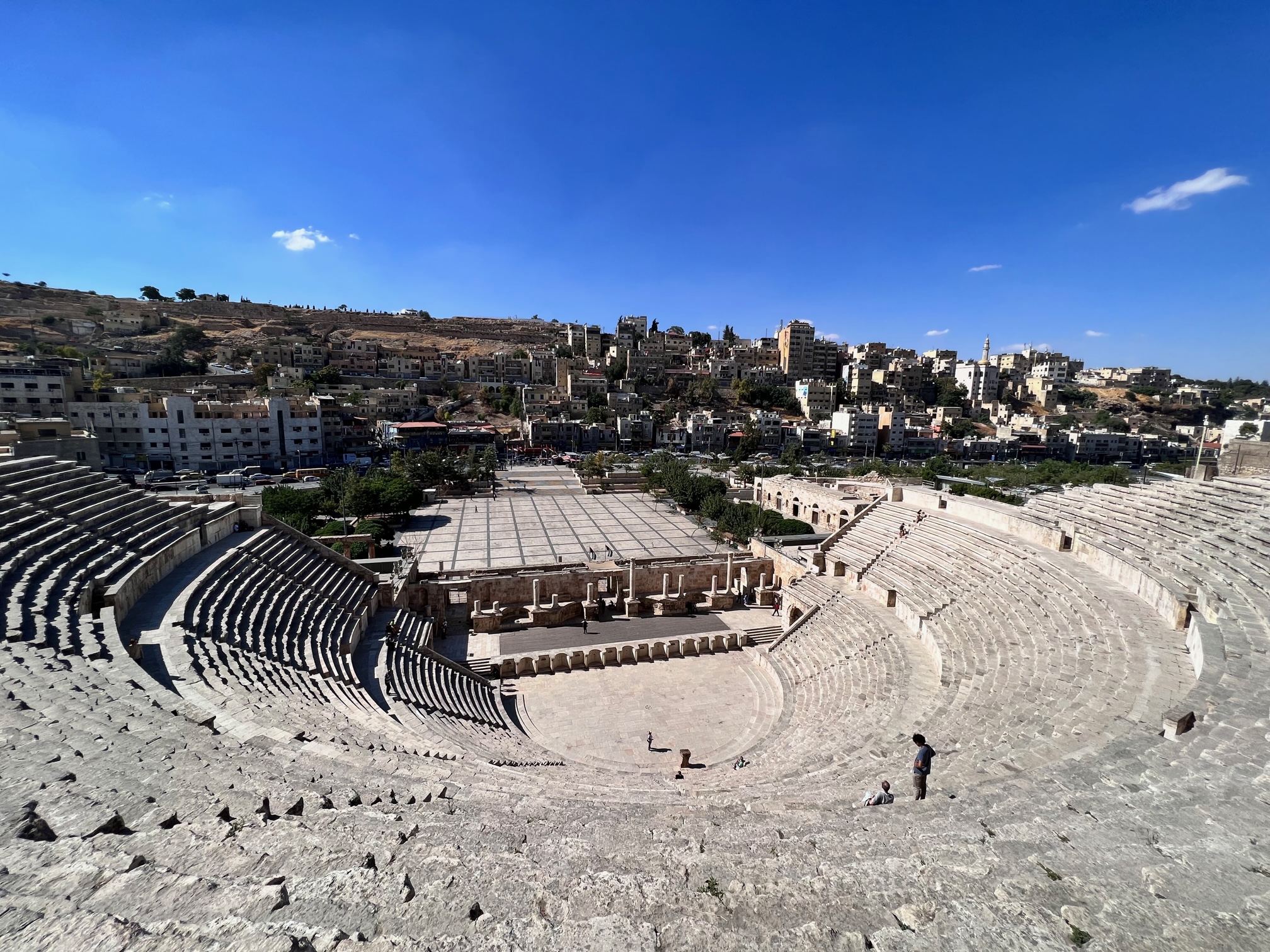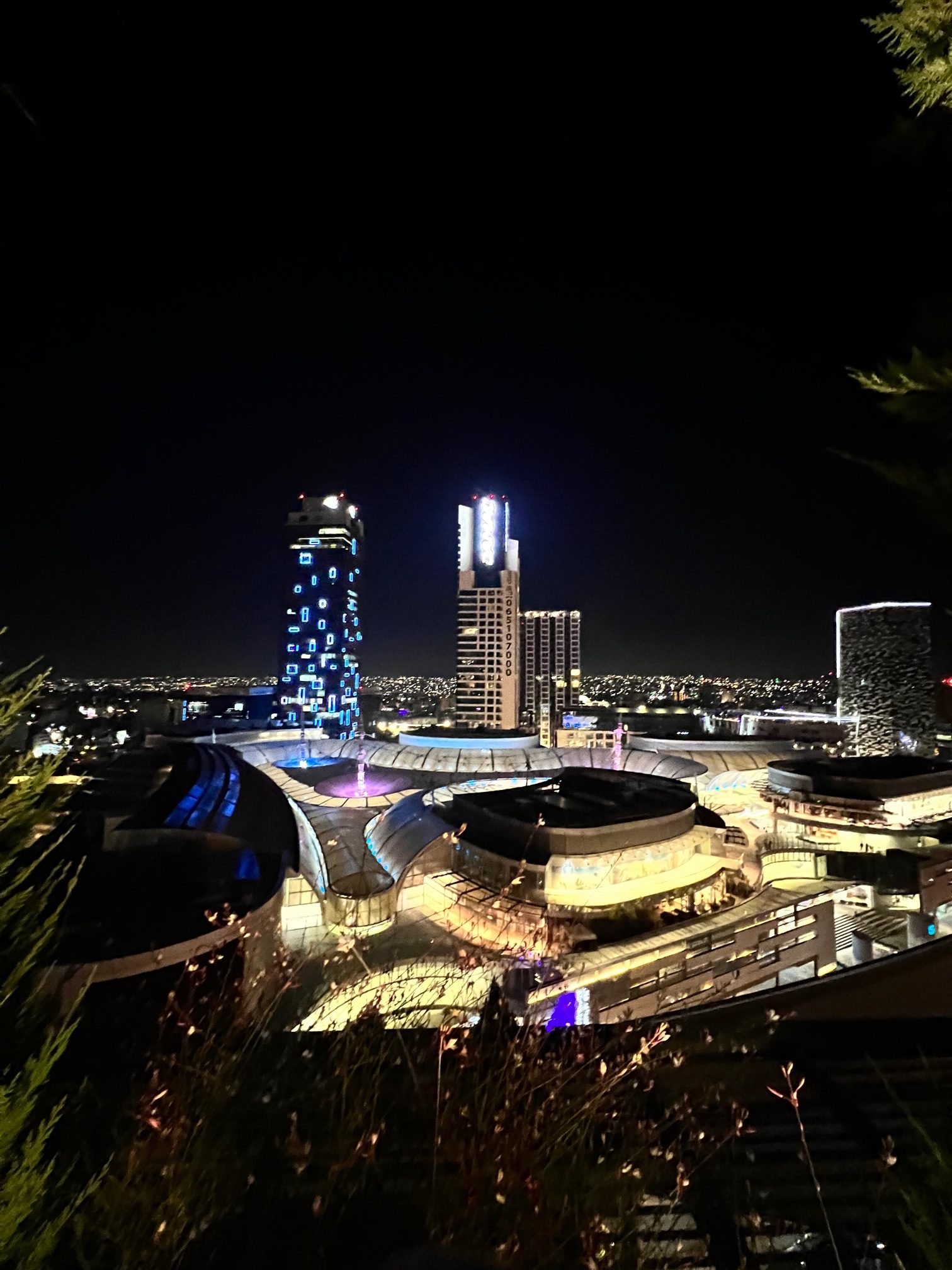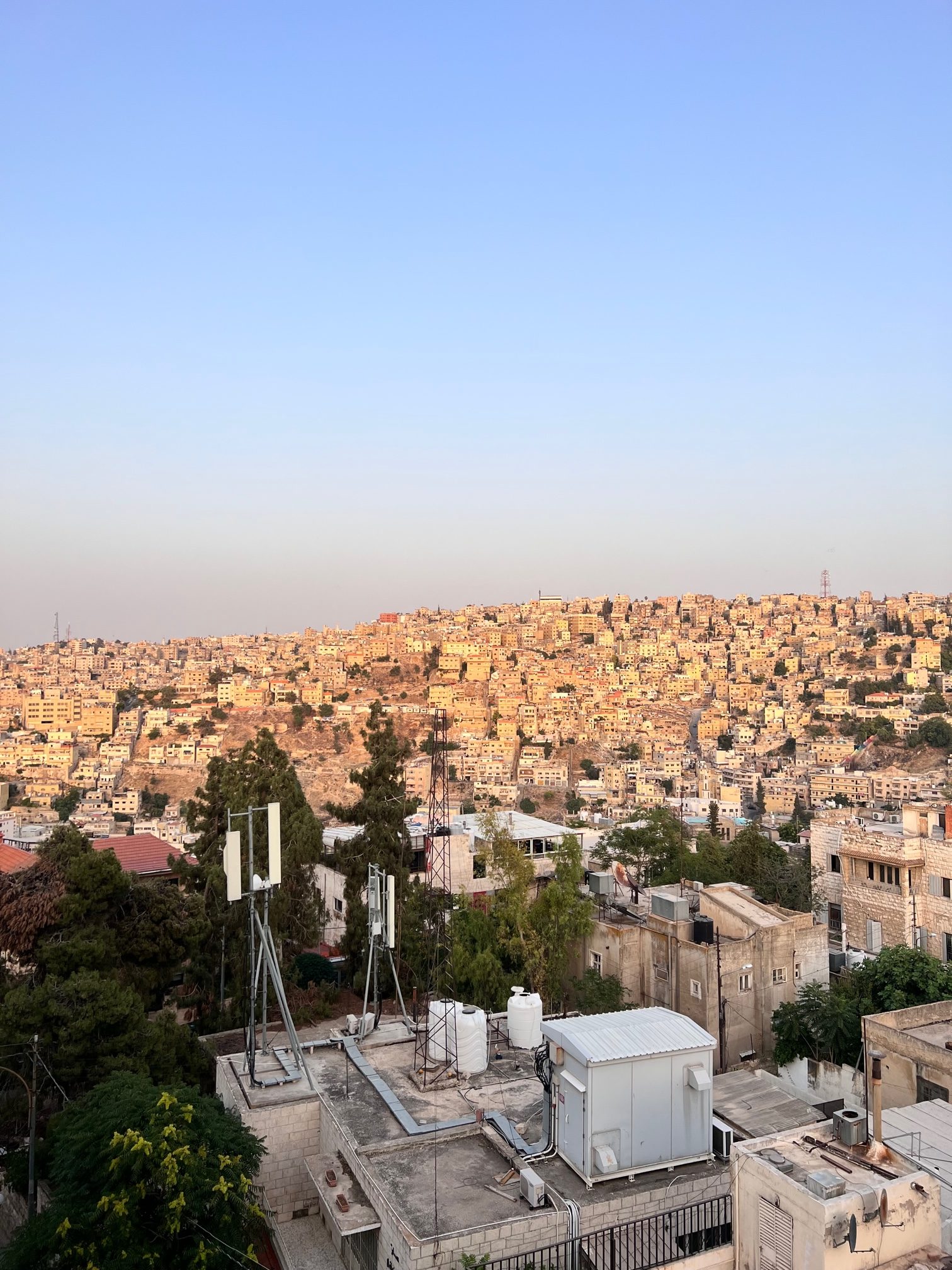In less than one week’s time, I have had a phenomenal time exploring and learning in beautiful Gaoth Dobhair! Since my arrival last Friday, I have quickly become acquainted with the other international students, the breathtaking landscape, and the always lively Gaeltacht. Since it has been a year since my last official Irish class, I felt a bit rusty getting back into the swing of things in the classroom, but I am steadily becoming more comfortable speaking each day while expanding my vocabulary and understanding of the language.
The most helpful lessons so far have been those around the table eating meals with the other students in my program in our host family’s home! We’re all at different levels and the conversation is usually quite broken while searching for words or phrases we don’t have yet, but it is still super helpful to build the habit of thinking in Irish rather than English. Our program has students taking beginner- and intermediate-level courses with lots of opportunities to socialize and each day, a significantly greater amount of Irish is used in conversation as we all grow in confidence together. I have definitely appreciated the chance to learn from a greater number of students, many of which have taught themselves the majority of what they know through online self-study courses. We have all developed different strengths depending upon our instruction thus far and I have thoroughly enjoyed gaining insight from others who have learned mostly outside of the classroom setting!
In addition to the hours of language instruction and practice both outside and inside my host family’s home, the class has been able to visit some of the most important location in the area, one of which is An Ghleann Neimhe (the Poisoned Glen). With such a name, everyone in the class was quite interested to learn its origin. One of our instructors, a local folklorist from the area, told us that the official culturally-accepted origin story involves a giant from Oiléan Thoraí, Balor. Balor was a one-eyed creature and his eye was apparently filled with poison that spilled into the valley after he lost a battle against his nephew in the glen, giving the spot its present-day name.
However, prior to hearing this version of the story, another member of the community had explained the name in less mythical terms. She told some of the other students and I that the glen was given its name after a group of Irish Republican Army members poisoned the stream that runs through the glen. They did this as a defense against the Black and Tans (a reinforcement group in the Royal Irish Constabulary) trying to come into the area during the Irish War of Independence in the early 20th century. Though I am guessing that her version developed long after Balor’s tale, it gives great insight into Gaoth Dobhair’s history and its unique location in close proximity to Northern Ireland, especially the cities of Derry and Belfast.
There is still a veil over the truth regarding the true origin of the Poisoned Glen since we’ve heard even more versions, but these two perspectives involving Balor and the IRA certainly give a taste of the importance of both folklore and political tension in this region.
